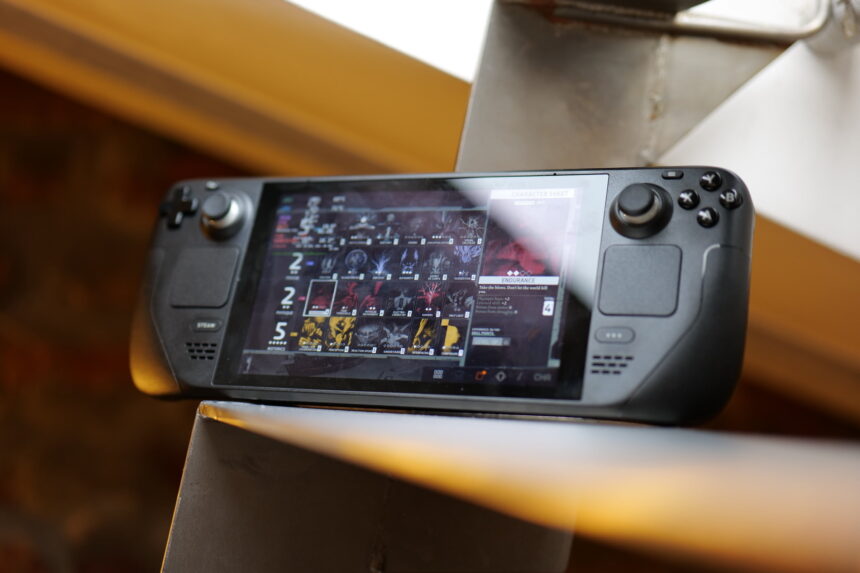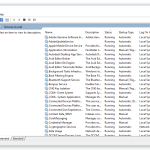For decades, PC gaming was synonymous with Windows. Microsoft’s ecosystem — from drivers to DirectX — cemented near-total dominance, leaving Linux as a distant curiosity. But in 2025, that monopoly is beginning to crack.
According to the latest Steam Hardware & Software Survey (October 2025), Linux has reached a record 3.05% share, while Windows sits at 94.84% and macOS at 2.11%.
Three per cent might sound small, but it’s historic. It marks the first time Linux has surpassed macOS among Steam users, signalling a meaningful shift in momentum — a trend more than a statistic.
Steam Deck and Proton
This rise didn’t come out of nowhere. In just three years, Steam Deck, SteamOS, and Proton have done more for Linux gaming than decades of fragmented community efforts. Valve’s portable console has acted as a Trojan horse: users buy it for the hardware, stay for the seamless Linux-based experience, and realise Windows isn’t essential for great gaming anymore.
Within the Linux share, SteamOS accounts for approximately 27% of installations, indicating that one in four Linux gamers on Steam utilise a Steam Deck or a related system. The difference is tangible: Linux offers better performance and battery life on handheld devices compared to Windows, which often struggles with power management and optimisation on portable hardware.
Proton, the compatibility layer built on Wine, has also been transformative. Today, nearly 90% of Windows games can run on Linux in some capacity, according to community tracking on ProtonDB. While not all titles run perfectly or carry the “Deck Verified” label, the improvement curve is undeniable.
Why Linux Is Growing Now — And Not Before
The success of handheld gaming PCs has created a new niche where Linux excels. Features like instant suspend/resume, controller-native interfaces, and console-like usability give it a natural advantage over traditional desktop setups.
At the same time, frustration with Windows is nudging some users to experiment. Between Windows 10’s end of support, intrusive telemetry, and frequent UX overhauls, a growing minority is quietly slipping away to try something else — not a mass exodus, but a steady leak.
As more gamers test Linux, report issues on ProtonDB, and provide feedback, the ecosystem continues to improve more quickly. It’s become a virtuous cycle: more users mean more testing, more patches, and more compatibility, which in turn attracts even more users.
Despite the progress, kernel-level anti-cheat systems still hinder Linux’s competitiveness in the gaming industry. Titles like Call of Duty or Valorant rely on invasive anti-cheat drivers that remain Windows-exclusive, keeping a large portion of multiplayer communities tied to Microsoft’s platform.
Is Windows Really in Trouble?
Not yet. With nearly 95% of Steam users, Windows remains the dominant force in PC gaming. But the cracks are showing. Handheld PCs are reshaping expectations, Linux gaming is no longer a niche experiment, and players are becoming less tolerant of Windows’ quirks and constraints.
If Microsoft doesn’t adapt — perhaps through a more streamlined Windows Handheld Mode or deeper Xbox ecosystem integration — it could slowly lose the edge that once seemed unshakable.
The momentum may still be small, but for the first time, Linux gaming feels inevitable rather than impossible.





